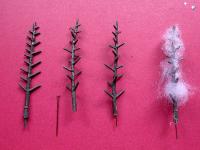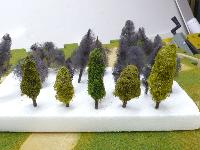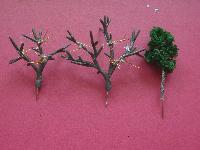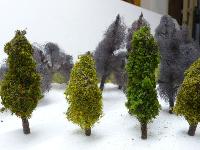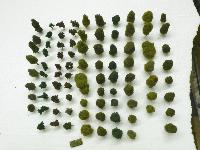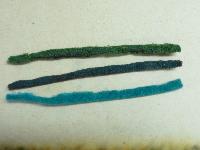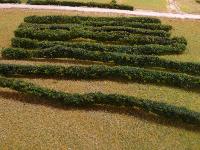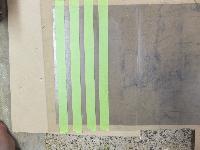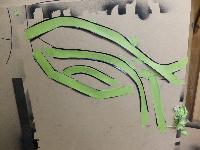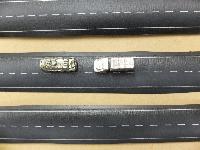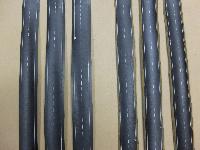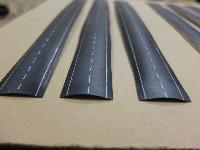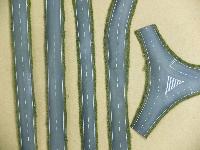Power poles

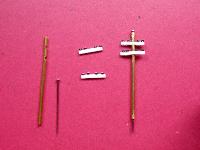
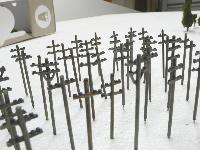
I got a couple packs of brass tubes (enough to make 30 + power poles) and marked the length for each pole. Next I used a
pack of pins and chopped the pins up, with the sharp bit being used to stick into the board. I also used the leftover pin head
to fill to hole at the top of the pole but putty could be used instead. The cross pieces were made from plastic card strips and
plastic rod. I made different styled power poles with some have 1 cross piece and some 3 and a few with supporting brackets underneath.
To construct the poles I cut the brass to length and then used a dremel tool to grind some grooves into the pole (hopefully
this will make the cross pieces more robust). Next I got the strips of plasticard rod and cut small disks and glued the disks
onto the strips to represent the insulator. Then I glued the crosspieces in along with the pin head and sharp bit. Finally
they were painted a natural weathered wood colour and the rods bits were painted dark grey.

